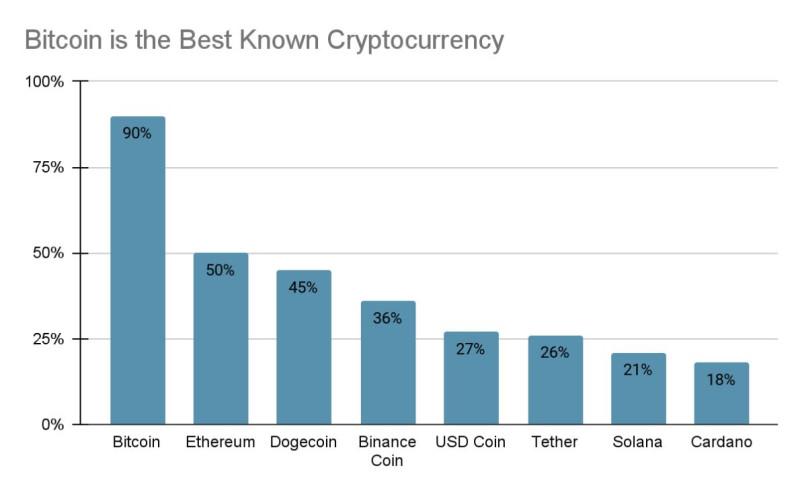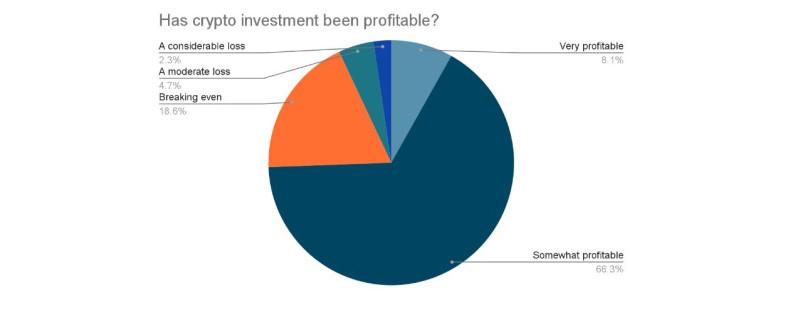Cryptocurrencies have evolved from obscure digital assets to mainstream financial instruments, captivating both investors and tech enthusiasts alike. As the digital landscape continues to evolve, it's essential to keep a finger on the pulse of emerging trends shaping the cryptocurrency market. In this blog, Excent Capital delves into the four most important cryptocurrency trends that are redefining the future of finance.
DeFi (Decentralized Finance) Revolution
Decentralized Finance, or DeFi, has emerged as one of the most disruptive trends in the cryptocurrency space. DeFi refers to a variety of financial applications in cryptocurrency or blockchain geared toward disrupting financial intermediaries. These applications include lending, borrowing, trading, and asset management, all built on decentralized networks without traditional financial intermediaries.

The allure of DeFi lies in its promise of financial inclusion, transparency, and censorship resistance. Participants can access financial services without the need for a centralized authority, such as a bank. Instead, smart contracts automate processes, ensuring security and efficiency.
Projects like Compound, Aave, and Uniswap have gained traction by providing decentralized lending and trading services. As DeFi continues to mature, we can expect innovations in areas such as asset tokenization, synthetic assets, and decentralized exchanges, further challenging the status quo of traditional finance.
NFTs (Non-Fungible Tokens) Reshaping Ownership
Non-Fungible Tokens (NFTs) have taken the world by storm, revolutionizing digital ownership and creating new avenues for creators and collectors alike. Unlike cryptocurrencies such as Bitcoin or Ethereum, which are fungible and interchangeable, each NFT is unique and indivisible, representing ownership of a specific asset, whether it's digital art, music, virtual real estate, or in-game items.
The rise of NFTs has unlocked new monetization opportunities for creators, allowing them to tokenize their work and sell it directly to collectors on blockchain-powered marketplaces like OpenSea, Rarible, and Foundation. Moreover, NFTs enable provenance and authenticity tracking, solving longstanding issues in the art and collectibles market.
While the NFT craze has raised questions about environmental impact and speculative bubbles, it has also sparked discussions about the future of ownership, digital rights management, and the intersection of art and technology.
CBDCs (Central Bank Digital Currencies) Enter the Fray
Central Bank Digital Currencies (CBDCs) have emerged as a response to the growing popularity of cryptocurrencies and the need to modernize traditional financial systems. CBDCs are digital representations of a country's fiat currency issued and regulated by the central bank. Unlike cryptocurrencies, CBDCs are centralized and typically operate on permissioned blockchain networks.
Several central banks worldwide, including the People's Bank of China (PBoC), the European Central Bank (ECB), and the Federal Reserve, are exploring or piloting CBDC projects. These digital currencies aim to enhance financial inclusion, streamline cross-border payments, and mitigate risks associated with cash usage and illicit activities.
The advent of CBDCs raises questions about privacy, financial sovereignty, and the future of banking. While some view CBDCs as a natural evolution of money, others express concerns about increased surveillance and government control over financial transactions.
Ecosystem Interoperability and Scalability
Interoperability and scalability remain significant challenges facing the cryptocurrency ecosystem. As the number of blockchain networks and protocols proliferates, achieving seamless interoperability between disparate systems becomes crucial for the industry's long-term viability. Interoperability enables assets to move freely across different blockchains, fostering liquidity and reducing fragmentation.

Projects like Polkadot, Cosmos, and interoperability protocols such as Atomic Swaps and Wrapped Tokens are working towards bridging the gap between blockchain networks, enabling cross-chain asset transfers and interoperable decentralized applications (DApps).
Scalability is another pressing issue hindering widespread blockchain adoption. As cryptocurrencies gain mainstream attention, blockchain networks must scale to accommodate increasing transaction volumes without sacrificing security or decentralization. Layer 2 scaling solutions, such as the Lightning Network for Bitcoin and the Ethereum 2.0 upgrade, aim to address scalability challenges by processing transactions off-chain or through sharding and proof-of-stake mechanisms.
In Conclusion,
The cryptocurrency landscape is constantly evolving, driven by innovation, regulatory developments, and shifting market dynamics. DeFi, NFTs, CBDCs, and interoperability/scalability are among the most significant trends shaping the future of finance.
While these trends present unprecedented opportunities for growth and disruption, they also pose challenges related to regulation, security, and sustainability. Excent Capital explains that as the industry matures, collaboration between stakeholders, including regulators, developers, and users, will be essential to unlock the full potential of cryptocurrencies and blockchain technology.
In navigating this dynamic landscape, staying informed and adaptable will be key to harnessing the transformative power of cryptocurrencies and positioning oneself for success in the digital economy of tomorrow.
